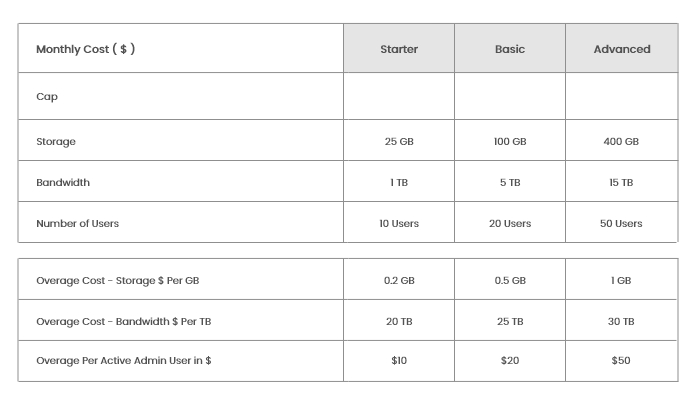



Takeaways and Summary from Reuters Institute Digital News Report 2022
Reuters Institute publishes a report every year on the impact and opportunity on the digital news and Journalism
Reuters have published its Digital News Report for the year 2022. They have done an excellent job bringing out the strengths, weaknesses, opportunities, and weaknesses currently in the digital publishing world that will crop up in the upcoming year. The report by itself is 164 slides in total. We did the task of going through them all and presenting you with excerpts from the report. Though the report offers a 30-page executive summary for people who have less time to spend reading, we are here to make it shorter and crisp that can be consumed in a blog series. Please read our other blogs covering major topics of interest that can boost the growth of your digital publishing house.
The first thing that report summarizes is how they came up with this year's statistics and results. Major credit goes to the editor Nic Newman with Richard Fletcher, Craig T. Robertson, Kirsten Eddy, and Rasmus Kleis Nielsen Team, who were enabled with the majority of the survey done by YouGov. The report is an outcome of a survey done on 6 continents across 46 markets with 93,000 respondents.
Despite the second wave of Coronavirus lockdowns, the report from last year showed some encouraging trends for the news sector, including greater consumption and rising trust. Numerous traditional news outlets appeared to profit financially and from increased attention, as more consumers signed up for online subscriptions and advertisers sought to connect themselves with reliable information.
Summary and Important Findings :
- Trust in news has fallen across half of the surveyed countries and only shows upward growth in 7 countries. Four out of Ten people say they trust the news and its sources.
- Conventional print media and TV news consumption has declined everywhere and social media is not making up to bridge the gap.
- Global concerns about false and misleading information remain stable this year, ranging from 72% in Kenya and Nigeria to just 32% in Germany and 31% in Austria.
- Despite increases in the proportion paying for online news in a small number of richer countries (Australia, Germany, and Sweden), there are signs that overall growth may be leveling off.
- Readers don't trust their personal data with news outlets and only 18% are accepting to share their email address
- A large proportion of digital subscriptions go to just a few big national brands – reinforcing the winner takes most dynamics that we have reported in the past. But in the United States and Australia we are now seeing the majority of those paying taking out more than one subscription
- TikTok has become the fastest growing network in this year's survey followed by Telegram, reaching 40% of 18–24s, with 15% using the platform for news.
- Those aged 18–24 have an even weaker connection with websites and apps, preferring to access news via side-door routes such as social media, search, and mobile aggregators.
- After last year's slowdown in part caused by restrictions on movement during the COVID-19 pandemic, growth in podcasts seems to have resumed, with 34% consuming one or more podcasts in the last month.
- The smartphone has become the dominant way in which most people first access news in the morning, though we find different patterns across countries.
To read the complete report, visit Digital News Report 2022
We will be covering some of the key aspects in detail in our blogs report page where you can find information that can help strategize and deliver value as per market needs,. Follow us on our social media platforms and to book a demo to give Hocalwire CMS a free trial.

